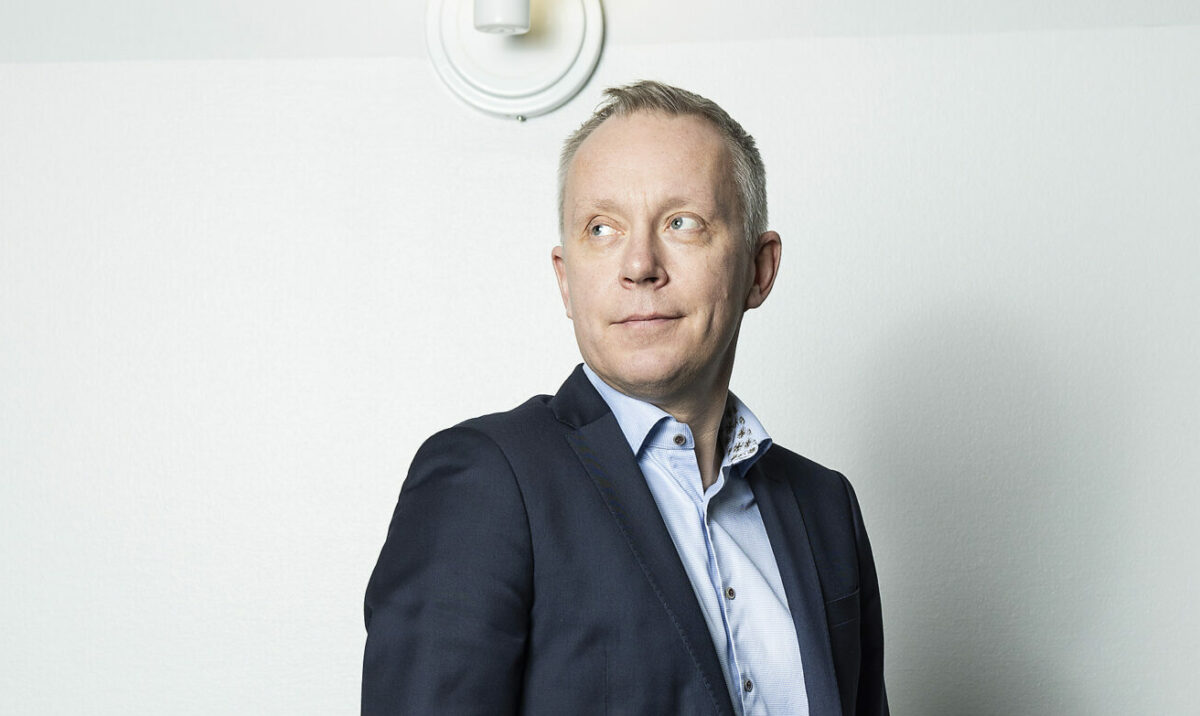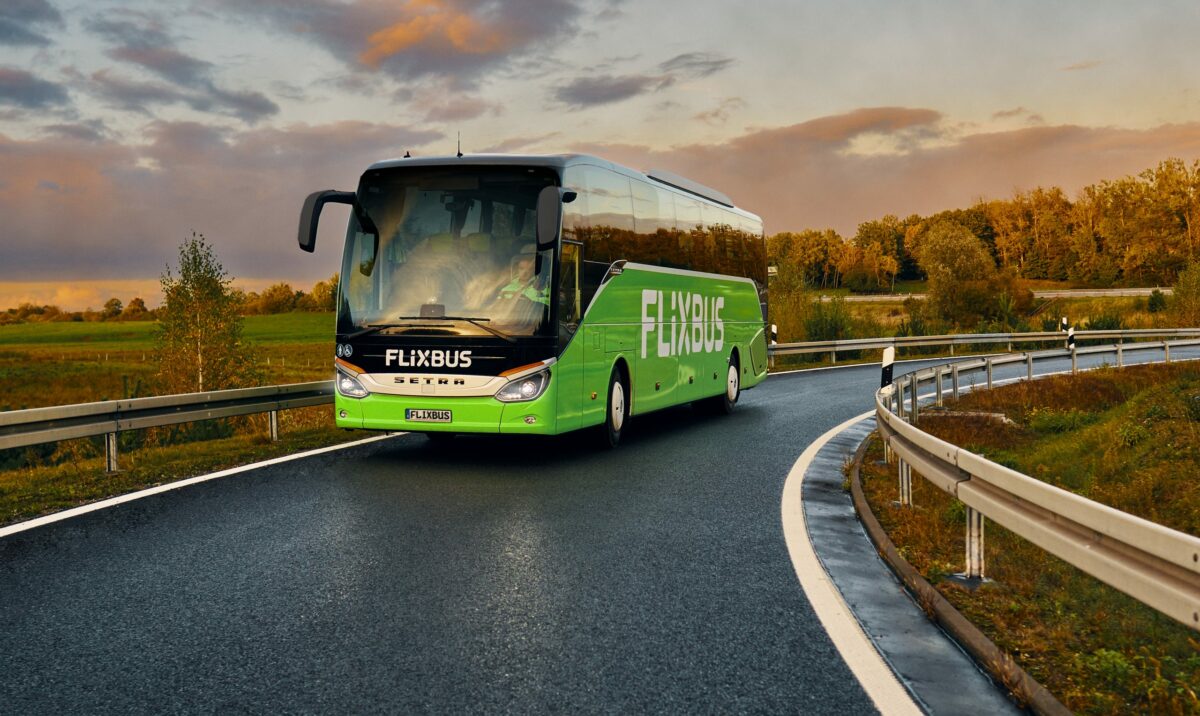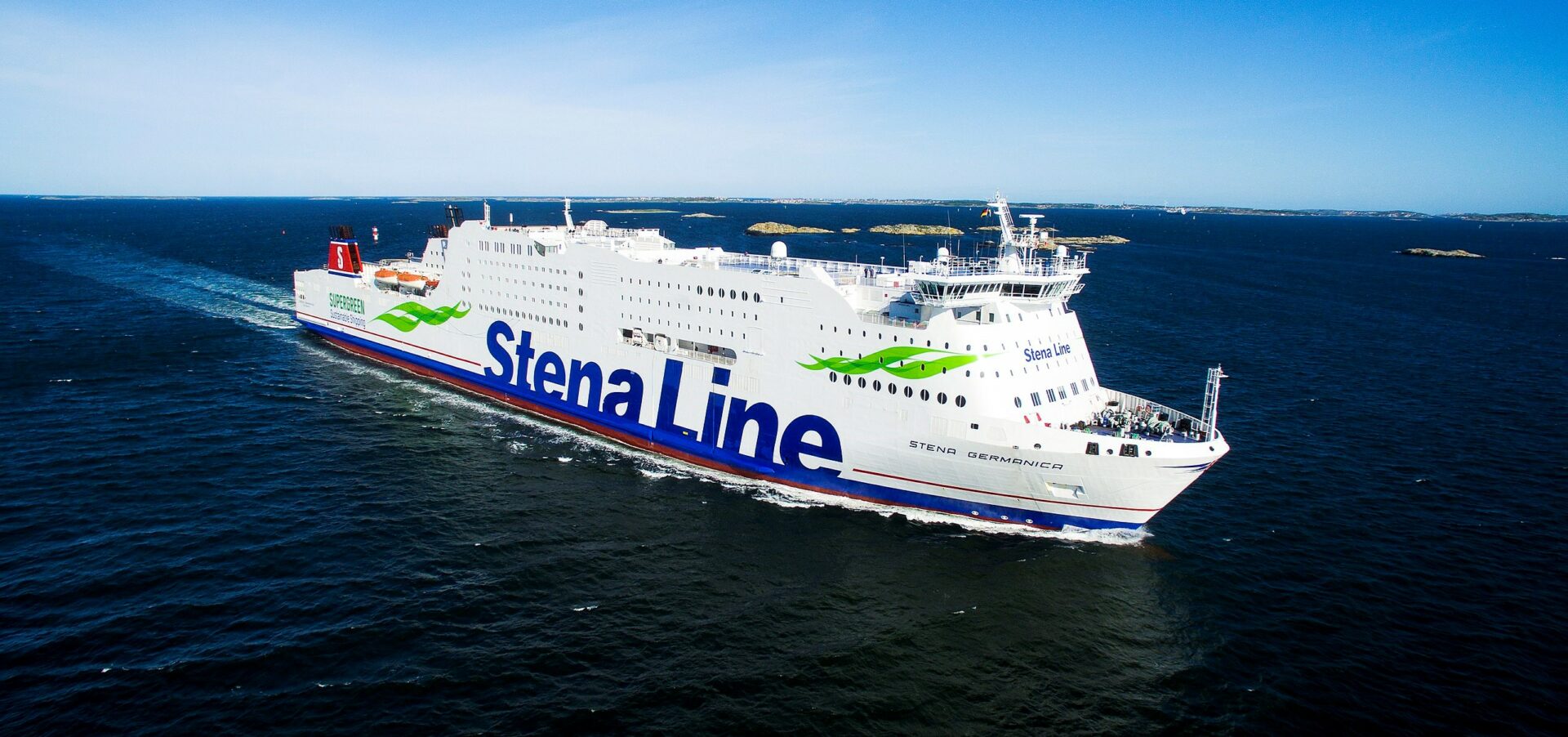
Shipping companies are investing in sustainable fuel solutions
A significant proportion of the new vessels entering service are choosing LNG as their more environmentally friendly fuel. Methanol is another fuel that is gradually becoming more commonplace. Ammonia is also expected to gain popularity as a fuel in the maritime sector.
The global availability of liquefied natural gas (LNG) is reasonably good and technological solutions for using it as a vessel fuel are widely available. LNG engine technology is also being continually developed to minimise emissions.
Wärtsilä also sees a potential role for ethanol as a fuel in the maritime sector, as shipping companies are seeking solutions that will reduce greenhouse gas emissions.
However, in the near term, the continual expansion of LNG fuel infrastructure will play a crucial role in shipping’s transition to cleaner operations.
When it comes to sustainable fuels for shipping, it is also important to consider the space required onboard, which is always optimised to carry the maximum amount of cargo or passengers. Methanol takes up almost twice as much space as existing fuels, and ammonia almost four times as much.
“This is, nevertheless, an acceptable compromise to reduce carbon dioxide emissions from shipping. However, hydrogen requires almost 20 times as much space as compressed hydrogen. This is one of the reasons why we don’t expect hydrogen to play a very important role as a vessel fuel,” says Johan Hanstén, Wärtsilä’s Sales Director for marine business in Central Europe and the Nordics.
And all green fuels are facing the same challenge: although the technology for harnessing these fuels exists, their availability is currently very limited.
Balancing availability and cost efficiency
As shipping companies cannot be certain which fuels will be commonly used in the future, Hanstén says they must strike a balance between availability and cost efficiency.
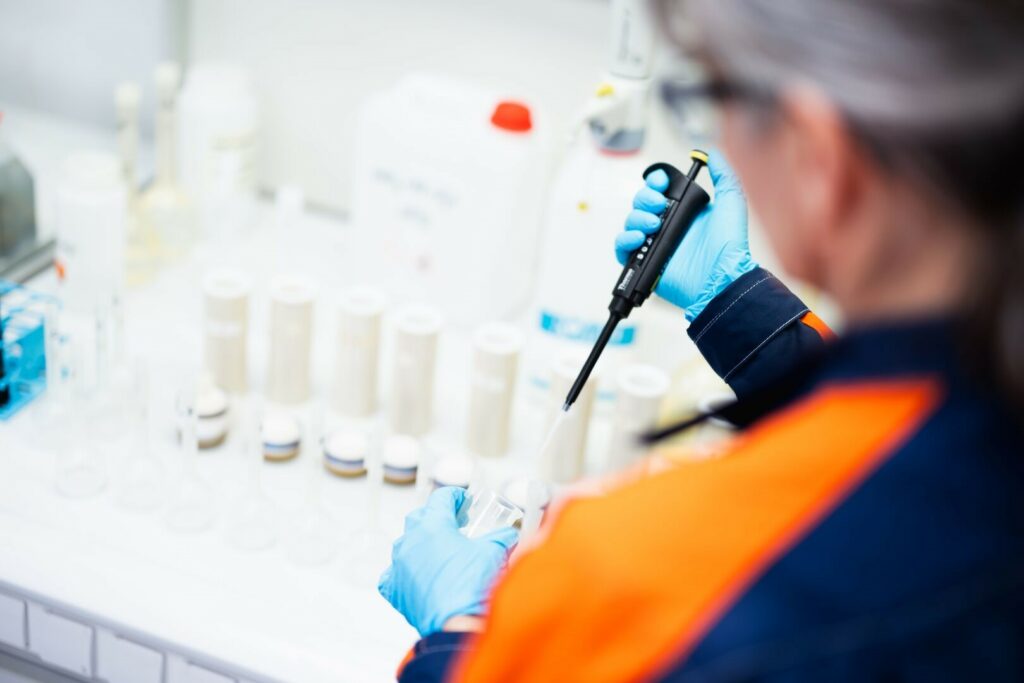
“The people in charge of planning the sector’s future are already adopting engines that will also be able to run on the fuels of the future. However, there’s still a lot of work to be done before the majority of vessels are capable of providing low-carbon or carbon-neutral transport, or of profitably adopting new decarbonisation solutions.”
Investments are already being made in low-carbon or zero-carbon fuels, such as ammonia, but even though this is one of the fastest ways to reduce carbon dioxide emissions, operators are understandably hesitant about committing to just one fuel. It always carries risks, such as fuel availability along the routes being sailed.
“Embracing flexible options is the best way to balance short- and long-term needs. Investing in flexible fuel options will reduce both market fluctuations and any risks related to infrastructure or supply. Ships can use the most profitable fuel on each particular route. This will enable operators to lower their risks,” says Hanstén.
Over the longer term, the investments made in these vessels will protect them against the stricter emission regulations of the future, whilst also enabling them to be converted to run on whatever sustainable fuel proves to be the best for industry over the next decade.”
Sustainable fuels will solve emission issues
Sustainable fuels will play a decisive role in reducing carbon dioxide emissions from shipping. Their cost, limited availability and inadequate supply infrastructure will, however, present a challenge for shipping.
600 vessels around the world are already using LNG as their main method of propulsion. 400 new LNG vessels have been ordered. (Gasum)
LNG offers a viable solution for achieving short- and mid-term environmental targets. As regulatory pressures increase, LNG has the advantage of gradually guiding both owners and users towards cleaner fuels from both a technological and operational perspective – to start using fuel blends and to ultimately convert to ammonia or methanol.
“Although LNG is a transitional fuel that will help the sector to make progress in its sustainability objectives, it is also the beginning of a journey towards lower carbon dioxide emissions. The ultimate goal is to have zero impact on the environment – that’s what our sector must achieve,” says Hanstén.
Shipping companies have environmentally conscious customers
“Many shipping companies are having to win over an ever-growing number of environmentally conscious consumers – for both cargo and passengers. They want to harness extremely reliable technologies that can provide long service intervals and ensure uninterrupted operations, as this will maximise their return on investment while reducing their carbon footprint.”
Hanstén says that, in addition to ever-evolving engine technology, there are a number of other solutions that can help cargo ships to reduce their carbon dioxide emissions.
Fuelling a ship with methanol reduces its carbon dioxide emissions by 95 per cent.
“For example, energy-saving technologies can reduce a ship’s energy consumption and save fuel. Battery-powered hybrid solutions that optimise auxiliary engine usage while saving fuel and reducing emissions can also provide a solid starting point for creating an adaptable vessel that can meet all future requirements. Route optimisation solutions are also designed to help shipping companies boost their efficiency, lower their fuel costs and reduce greenhouse gas emissions.
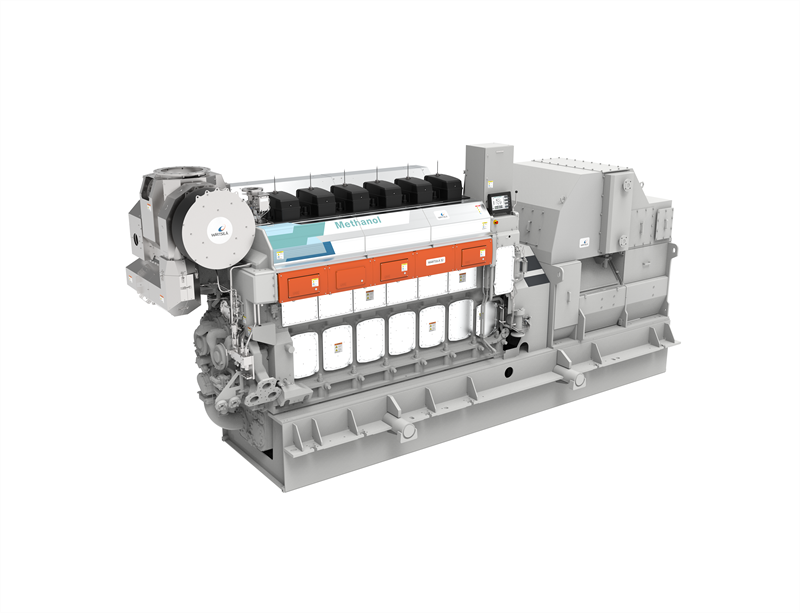
“In the end, it’s important to recognise that there’s no single solution for reducing carbon dioxide emissions that will suit everyone. Decarbonisation is complex, and its implementation is even more complex,” says Hanstén.
“Wärtsilä’s approach to reducing carbon dioxide emissions from maritime transport focuses on tailoring flexible solutions to the needs of owners and operators all across the globe, and ensuring that they have the right technology at their disposal at the right time. By offering a diverse range of flexible technologies and future-proof solutions, we’re helping our customers to reduce the carbon dioxide emissions from their operations.”
Reducing carbon dioxide emissions is not just a question of fuel. All measures that minimise a vessel’s energy consumption must be taken into account, as they affect the quantity of fuel required. “Our slogan is ‘The cleanest energy is the energy that is never used’,” says Hanstén.




